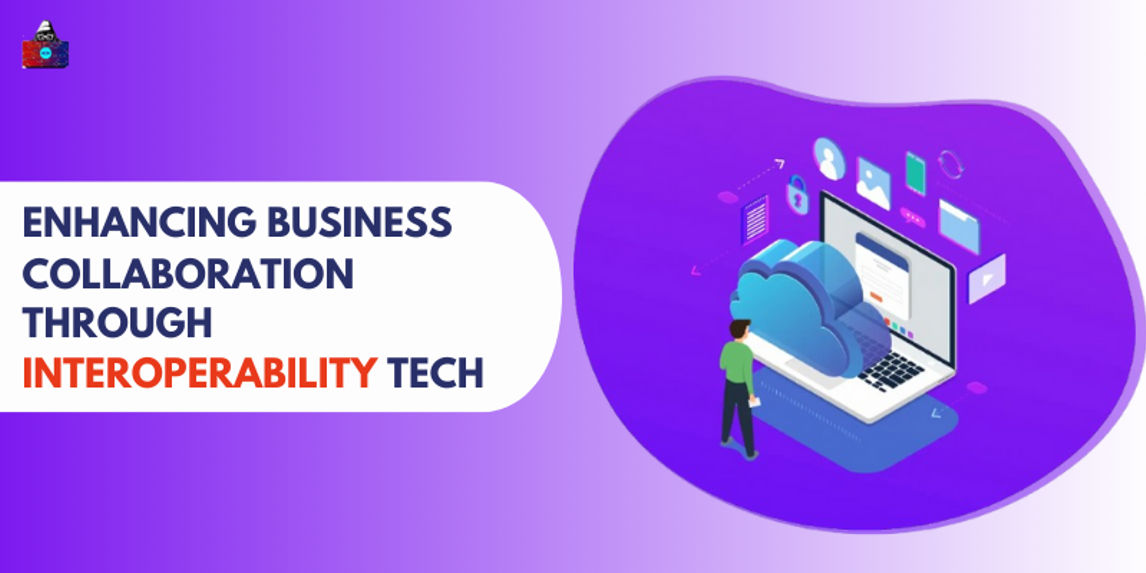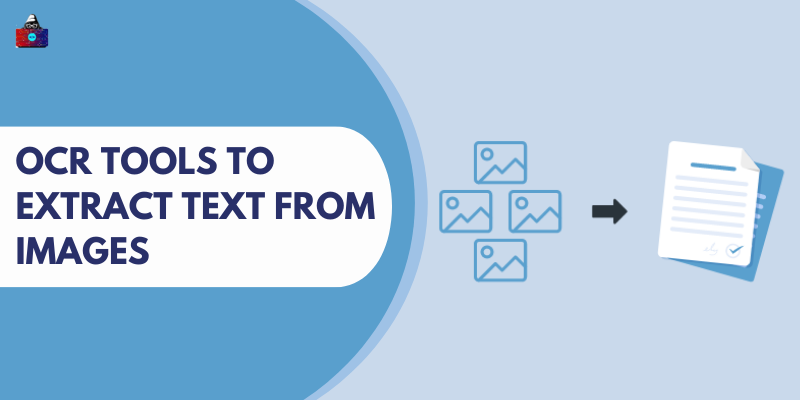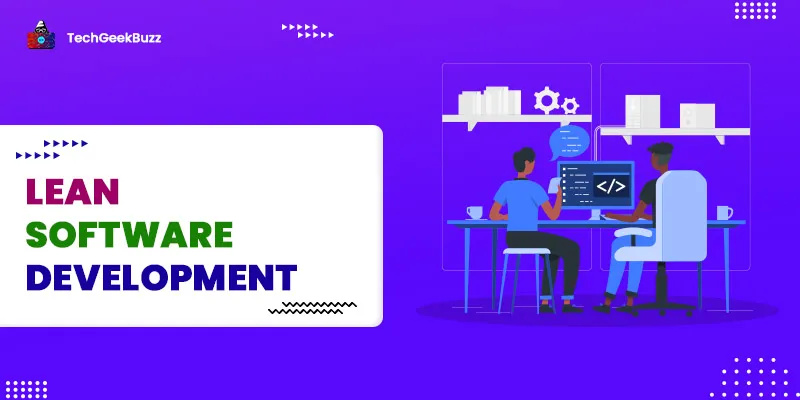Have you ever wondered what happens to your resume once you submit it to different platforms and companies? Just like your resume, there must be thousands of resumes out there in the database of companies and job portals. So, who goes through so many resumes, sorts them, and then finds the suitable ones? Is it possible for a human or even a few humans to do this quickly and schedule interviews? You got it right – No! That’s not possible! To imagine those huge piles of papers on an HR desk is impossible now!
Besides that, hiring just one candidate is a cumbersome and costly process – posting a job opportunity, scanning a resume, calling the candidate for scheduling interviews, making an offer – which there is no guarantee that the candidate will accept, and so on. The list just goes on in the manual hiring process. Companies use the Applicant Tracking System (ATS) to manage their hiring process to save cost and time and provide a smooth experience.
What is Applicant Tracking System?
Applicant Tracking System (ATS) is a software application, rather a set of e-tools on a single platform, that processes a resume in the same manner as a human recruiter will do and helps recruiters manage job applications from the start through mobile or desktop. ATS is a great tool because it tremendously reduces the otherwise laborious job that the HR department or hiring agencies have to do so that they can focus on other important aspects of the organization.
The entire process – storing the relevant candidate information, extracting the important keywords, and scanning the resume to find suitability is done by the software. Isn’t that amazing? Would it be more amazing to know how ATS works?
How ATS works
The process is simple:

- Job Postings: Rather than having multiple spreadsheets for each job opening, with ATS, you can create and update job openings and view all of them in a single place
- Sharing the Postings: You can share the listings on LinkedIn , Facebook, and other platforms and make it easier for applicants to fill out application forms through custom integrations
- Applying for the Job: Through cloud-based ATS platforms, candidates can apply from anywhere. This is especially useful because about 90% of applicants apply via mobile. If there is a walk-in, ATS helps upload information about walk-in candidates too.
- Tracking: As all the applications are uploaded on ATS, recruiters can share the relevant resumes with their team members and decide upon the candidates to be interviewed.
- Selecting: Any newly added employee’s information can be added to the system, and they can be onboarded easily. The system also updates when the job position is filled. It can send the same updates to all applicants as well.
What can ATS do?
- Scan candidate profiles to search for candidates using different criteria like age, qualification, experience, degree, college, school education, etc.
- Sort, filter, and efficiently organize resumes so that there is no need for the manual creation of electronic folders and files
- Post job requirements and update the candidate requirements.
- Collaborate data from various sources like emails, social media, storage devices, etc.
- Save both client and candidate information.
- Provide onboarding aid.
Features of ATS System
ATS comes with a load of features that make it an important choice for resume selection, communication, and collaboration –
1. Resume management
- Automatically upload all the resumes at once from emails for easy viewing
- Save contact information in the same format for easy reference
- Better candidate profiling through search options
- Applications are sourced from various sources, and consolidated automatically, and duplicate documents and candidates can be easily identified
- All file formats are accepted by the system
2. Social media and Job Portals
ATS can be integrated with job portals like Monster or CareerBuilder and social media sites like LinkedIn, Facebook, etc., to help in the process of hiring by publishing openings or collecting and sorting resumes
3. Easy communication
- ATS is a great channel for communication with clients and candidates
- You can send automated emails to a large group/list
- Every communication is stored to be retrieved later
4. Ease of use
It is easy to use with clear instructions, help, and navigation features
5. Tracking Applicants
- Saves time by tracking applications and speeding up the selection process
- Sorts relevant resumes for viewing out of the huge volumes of resumes
6. Hiring Process Management
- Automatically update the careers page with job listings and open positions
- Send automated emails to candidates whose resumes are shortlisted
- Customize a candidate’s questionnaire as per job requirements
- Assess candidate skills online through virtual interviews, secured video conferencing
- Analyze the data from candidates and generate reports to know the number of resumes selected, interviewed, hired, etc.
7. Mobile Access
- Through ATS on mobile platforms, recruiters and HR personnel can work on the recruitment process on the go.
8. Help in the Employee Onboarding Process
Since application tracking systems are integrated, candidate details can be integrated with the system so that the movement from hiring to onboarding and training can happen without hassles.
Advantages of using ATS
We have already seen how ATS has revolutionized the hiring process. Here are some more reasons why companies are using ATS for talent acquisition –
- One-stop solution for the end-to-end hiring process: With ATS, you can streamline the entire recruitment process by scanning, selecting, sorting, filtering, and storing recruitment data. This simplifies viewing, storage, and updating of the data.
- Integrates data obtained from various sources: ATS can integrate various social media platforms and other portals so that interested applicants can easily view job openings and apply for the same through the desktop or mobile app.
- Interactive System: ATS can send emails to candidates about the status of their applications. It also gets all the relevant forms and applications in a single place. It can communicate with clients as well as candidates.
- Scan and process a greater number of resumes per day: Before ATS, reading each resume and finding relevant skills was a daunting task. With ATS, more resumes can be processed, and even if a requirement is filled, candidate profiles can be stored and easily retrieved later just by sorting. That way, you can keep candidate profiles in the database for a longer time.
- Saves time: ATS saves a lot of time – as per researchers, about 75% of the time is otherwise spent by HR personnel on the recruitment process. HR only has to screen the relevant resumes and not sort or separate any unqualified resumes.
- Fair, unbiased chance to all applicants – since the resumes are scanned by the system, there is no preferential treatment to any profile. All resumes are considered equally, and HR personnel has to follow the protocols for compliance.
- Cost-effective: Application Tracking systems are more affordable than job ads or fees that recruitment agencies charge.
- Better employee retention: Because of the accuracy of ATS, companies can hire the right person for the job. Thus, the employee and the employer both are in a win-win situation and can deliver better performance. ATS also helps companies manage employee records so they to easily track employee performance, progress, etc.
- Custom application processing: Companies can configure and add customized features in the ATS software as per their needs, for example, video interviews, requisition automation process, and pre-screening of candidates.
- Improves the quality of the recruitment process: since the process is transparent, there is always an inflow of the most suitable candidates for the job.
Impact of ATS on business
Just by using ATS, a small business can save as much as $10,000, which is huge. Most recruiters feel that the quality of hires has increased, whereas the time taken for the entire process has been reduced by using ATS. This has enabled recruiters (including managers, HR, senior developers, etc.) to focus on business rather than worrying about the details of the hiring process. The hiring process has seen a complete overhaul, and businesses can onboard and train new employees faster.
Types of Applicant Tracking Systems
ATS is one of the most popular markets, and that’s why there are more than 200 application tracking systems in the market. To know which ATS is best for your organization, you need to know about the various types. There are 2 main types of ATS –
- Stand-alone ATS: This type of ATS can be desktop based or cloud-based. If you are fully managing the hiring process, processing applications, and customizing workflows, stand-alone ATS will be the ideal choice for you.
- Recruiting software: This type not only scans profiles that match a requirement but also gives suggestions about potentially suitable candidates proactively. Along with ATS tools, it includes CRM and is commonly referred to as Human Capital Management or HCM system. If your company has multiple openings and wants to fill critical positions, having CRM will help.
10 Top Applicant Tracking System Software
1. ADP Workforce Now
This is a human capital management software (HCM) that can easily cater to companies that have greater than 50 employees. The tool can perform HR management, payroll, talent management, compliance, etc. Using the ADP marketplace and API, the platform can integrate with other similar platforms.
2. Conrep Applicant Tracking System
It is a cloud-based solution that automates the hiring process and comes with features like a resume parser, mass emailing, report generation, etc.
3. Zoho Recruit
This a web-based solution. With this tool, users can collaborate with their peers, create a custom page for a particular organization, use job portals and social media to enhance reach, etc. The solution has features like automated job postings, resume parsing, resume sorting, and scheduling interviews.
4. Recooty
A cloud-based ATS to completely automate the hiring process. It has features like application tracking, integration with websites, interview scheduling, job posting, and so on. The list of open positions is automatically updated on the various portals, and the software helps recruiters schedule interviews for the candidates.
5. ClearCompany HRM
This is an HRM software that includes the recruitment process, onboarding, and performance management. The software works for both HR and recruiters for easy communication and updates.
6. Paycor
An integrated cloud-based software suite that covers not only the entire recruitment process but also time and attendance management.
7. TalentRecruit
This ATS software is suitable for both consulting and corporate organizations. It is cloud-based and covers the end-to-end recruitment life cycle.
8. Zwayam
This end-to-end ATS for various enterprises is based on AI and ML and is one of the most popular SaaS platforms.
9. TalentCube
This is simple to use and a basic ATS that scans, evaluates, filters, and ranks resume automatically.
10. JazzHR
JazzHR is a SaaS ATS that can cater to businesses of all sizes. With the software, recruiters can post jobs, update openings, request referrals, build custom career pages, and so on.
How to choose the best ATS software?
All the above are the most popular software for ATS. However, your business needs may be specific. Hence, you need to consider the following factors before deciding which one to buy –
- ATS features and priorities: List down what you want most from your applicant tracking system. This can be done through a brainstorming session with your team members. For example, you might want your ATS to integrate with other portals and social media platforms to automatically post jobs and scan resumes. Having clear guidelines and goals can lead to good research, thus picking up the best-suited ATS product.
- Good after-sales support: This will need a lot of research and genuine reviews from other companies. Most vendors often support 24x7, however, the technical persons may not be skilled, or the quality of support service may not be up to the mark in some cases. This is very important as with the right support and service, we can utilize the full features of ATS.
- Thorough demo sessions: When you have zeroed down on a few vendors after your research, you should ask for a demo and ask a lot of questions, particularly related to the list you have made, and judge whether your business purpose will be solved with that product.
- Involve members who are going to use the product: involve your team members, recruiters, HR, and other employees who will be using the product so that you can get their perspective on the same.
- Compliance: While selecting the product, if you don’t consider compliance, you might run into legal issues that could cause unnecessary paperwork or even fines. If the ATS product can take care of compliance based on the company’s goals and policies, there are very few or nil chances of errors. A typical example would be keeping candidate data confidential.
- Price: the price depends on the product you choose. If you already have another software, for example, employee management software, ATS might just come free with that. Some vendors offer certain features for free, but for a full set of features, you have to pay. The price also depends on the level of support required, the type of platform used, the number of users, the number of features, etc.
- Ease of use: You might train your employees on the ATS you buy. However, they will effectively use it only if they understand it easily. ATS should make things easier for them and not increase the work. Similarly, candidates will only apply through the software if they find it easy and responsive.
When to use ATS
Your company may or may not need ATS, and it should not become an overhead in terms of cost and time. This questionnaire may help you decide on the following:
- How often are you looking out for recruits? How much time per week do you spend on scanning and sorting resumes?
- Does your company often have a job to be posted? How much time does your team spend on writing job descriptions and posting jobs on various portals?
- How much time do you spend on explaining candidates and their skills to your managers or other team members?
- How many resumes do you store per day, and how? How much time do you spend organizing candidate data?
- How much time do you spend on handling interviews, sending emails to applicants, following up with candidates, and arranging meetings?
- Are you happy with the overall hiring process and the quality of selected candidates? Are you able to retain them?
Your answers to the above questions will give you clarity on whether you need ATS or not.
A note to candidates
While preparing your resume, make sure you enter the right keywords in the right place and right format. You should provide keywords from the job description, and the resume should be very friendly, with clear headings.
Some disadvantages of the Applicant Tracking System
The main disadvantage of the Applicant Tracking System is that if the candidate has not mentioned certain keywords, which are required for the job, the system will reject such a resume even if the applicant is qualified. This may happen when candidates are moving to a new career path. Also, if there is an issue with the resume formatting and the resume can’t be uploaded, or there are some issues with the interpretation of the resume, you might lose some potentially good candidates.
Summary
In this article, we learned about the application tracking system and how it works. We also understood that ATS is open-source, although some companies charge for additional features. ATS can be cloud-based and is used as SaaS. ATS not just helps with resume sorting and ranking but takes care of the entire end-to-end hiring process till the recruit is on-board.
Though ATS might not pick up certain keywords from a resume, that’s a rare case and the results of ATS are accurate almost all the time. That’s why ATS is becoming one of the top software all over the world, with many small and medium businesses saving almost $10000 per job opening by using ATS.
People are also reading:




Leave a Comment on this Post